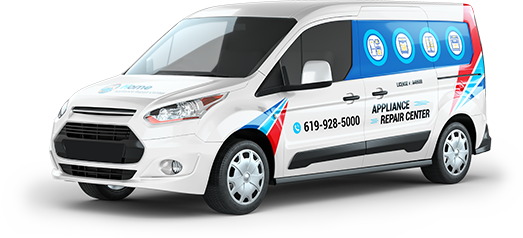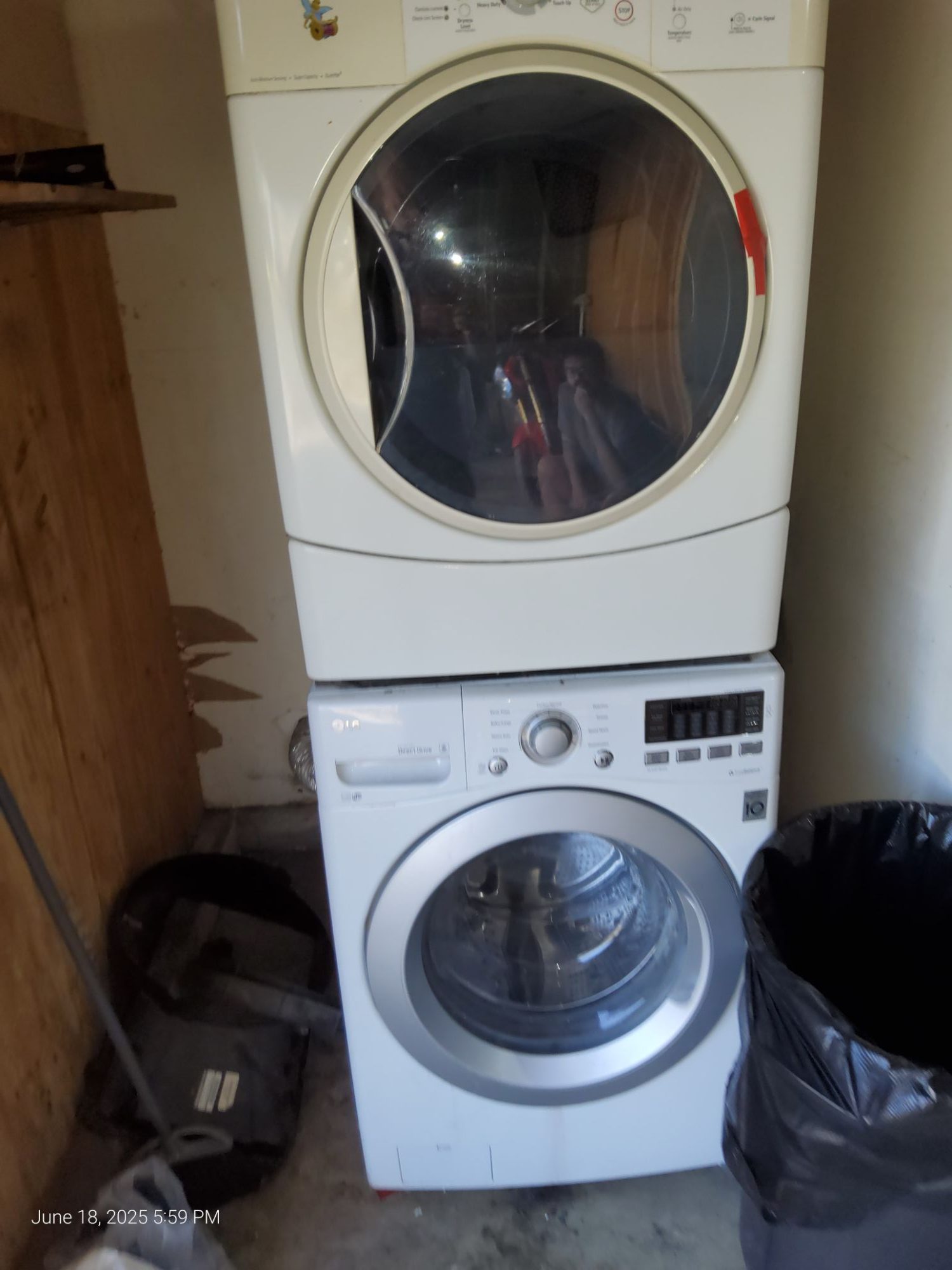A washing machine is one of the most relied-upon appliances in the home. When it refuses to start, the disruption to your daily routine can be significant. Two of the most common causes for a washer not starting are a faulty start switch and a defective lid lock. Understanding these issues can help you identify the problem quickly and take the right steps to get your machine running again.
1. The Role of the Start Switch
The start switch is the component that initiates the washing cycle. When you set the program and press the button (or turn the knob), the start switch sends a signal to the control board to begin the wash.
Common symptoms of a faulty start switch include:
- No response when pressing the start button.
- Washer powers on but doesn’t start the cycle.
- Intermittent starting issues.
Possible causes:
- Mechanical wear and tear: Over time, frequent use can wear out the switch contacts.
- Electrical failure: A short circuit or damaged wiring can disrupt communication between the switch and the control board.
- Moisture damage: Humidity or water leaks can corrode the switch’s internal parts.
How it’s diagnosed:
A technician uses a multimeter to test for continuity. If the switch fails this test, it needs replacement. This is usually a straightforward repair, but it’s essential to handle wiring with care to avoid further damage.
2. The Function of the Lid Lock
The lid lock is a safety feature that prevents the washer from running when the lid is open. Modern washers will not start until the control board detects that the lid is securely locked.
Signs of a defective lid lock:
- Washer makes a clicking sound but doesn’t start.
- “Lid Lock” light blinks or stays on.
- The cycle stops abruptly mid-wash.
- Lid won’t lock at all.
Why lid locks fail:
- Broken latch mechanism: Physical damage from slamming the lid or normal wear.
- Electrical fault: Faulty wiring or a damaged sensor inside the lock.
- Debris buildup: Dirt, detergent residue, or lint can block proper closure.
Troubleshooting:
A technician will inspect the latch for mechanical issues and test the lock mechanism with a multimeter. In many cases, replacing the lid lock is the most efficient solution.
3. Why Professional Diagnosis Matters
While it may be tempting to attempt a DIY fix, modern washers have complex electronics that require precise testing and handling. Incorrect repairs can cause additional damage or void warranties.
Benefits of hiring a professional:
- Accurate diagnosis using specialized tools.
- Safe handling of electrical components.
- Access to genuine replacement parts.
- Quick and reliable repairs to minimize downtime.
4. Preventing Start Switch and Lid Lock Issues
Although not all problems can be avoided, proper maintenance can reduce the risk of future failures.
Maintenance tips:
- Avoid slamming the washer lid.
- Keep the area around the lid lock clean and dry.
- Use the washer according to the manufacturer’s load recommendations.
- Periodically inspect visible wiring for wear or damage.
- Have your washer serviced annually to catch minor issues early.
5. When to Call for Help
If your washer won’t start and you suspect the start switch or lid lock, it’s time to contact a repair professional—especially if:
- The machine is completely unresponsive.
- The lid lock light keeps flashing.
- You’ve tried resetting the machine with no success.
- The start button feels loose, sticks, or doesn’t click.
A washing machine that won’t start can be a major inconvenience, but the cause is often straightforward—a faulty start switch or a defective lid lock. Both are repairable issues that, when handled by a skilled technician, can be resolved quickly to restore your laundry routine.
Don’t let a small problem become a bigger one.
Contact HOME APPLIANCE SERVICE CENTER for expert washer repair services. Our certified technicians provide fast, reliable, and affordable solutions to get your appliance working like new.
Contact us
 619-928-5000
619-928-5000  Request Service
Request Service 
